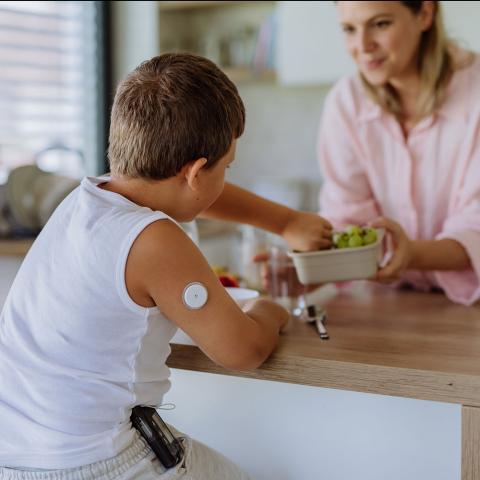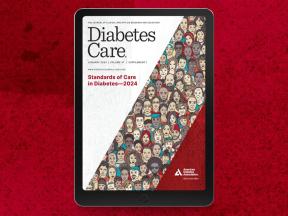What is type 1 diabetes?
When you have type 1 diabetes, your immune system mistakenly treats the beta cells in your pancreas that create insulin as foreign invaders and destroys them. When enough beta cells are destroyed, your pancreas can’t make insulin or makes so little of it that you need to take insulin to live.
Insulin is a hormone that helps blood glucose (blood sugar) enter your body’s cells so that it can be used as energy. If you have diabetes, blood glucose can’t enter your cells so it builds up in your bloodstream. This causes high blood glucose (hyperglycemia). Over time, high blood glucose harms your body and can lead to diabetes-related complications if not treated.
Most of the time, type 1 diabetes is diagnosed in young people, but it can develop in anyone at any age. Scientists and researchers today aren’t sure how to prevent type 1 diabetes or what triggers it.
If you have type 1 diabetes, you can live a long, healthy life by having a strong support system and managing it with your diabetes care team. The treatment plan you develop with your diabetes care team will include insulin, physical activity, and an eating plan to reach your health goals.
Type 1 Diabetes Symptoms
If you or your child have the following symptoms of diabetes, let your health care provider know. Symptoms include:
- Urinating often
- Feeling very thirsty
- Feeling very hungry—even though you are eating
- Extreme fatigue
- Blurry vision
- Cuts/bruises that are slow to heal
- Weight loss—even though you are eating more
It’s important to know when you first develop type 1 diabetes, you may not have any symptoms at all.






















